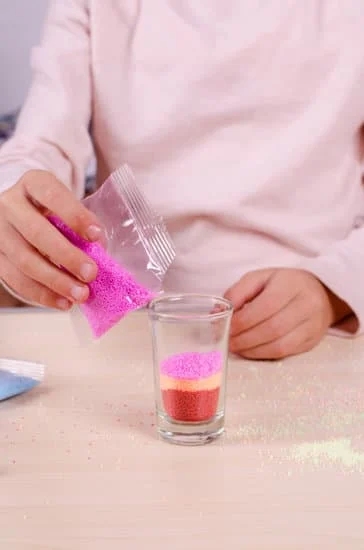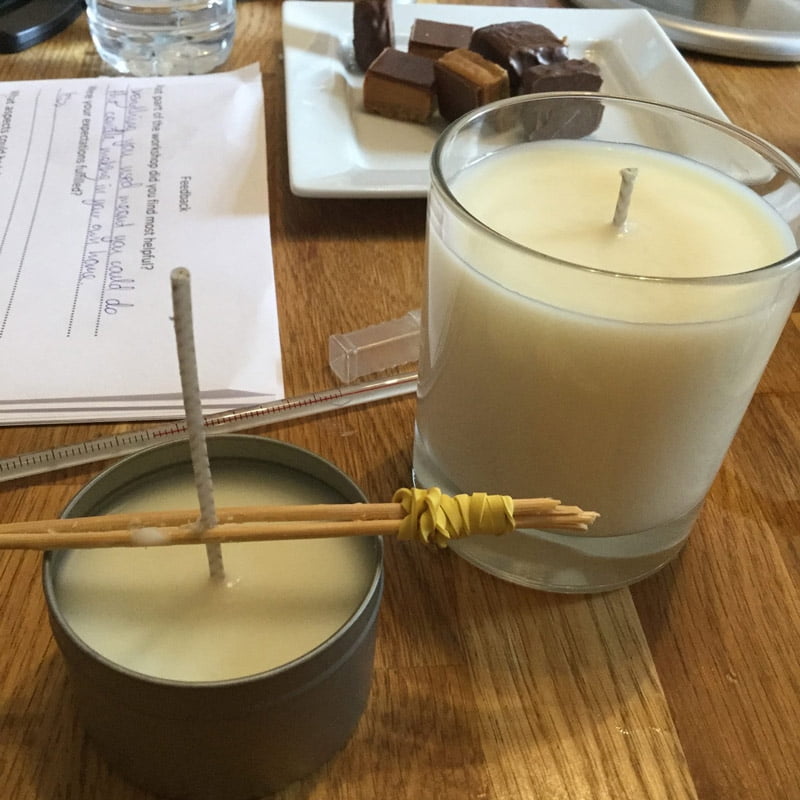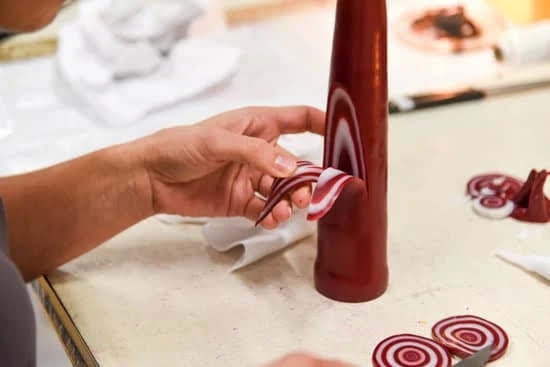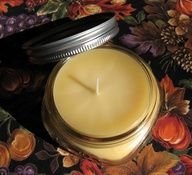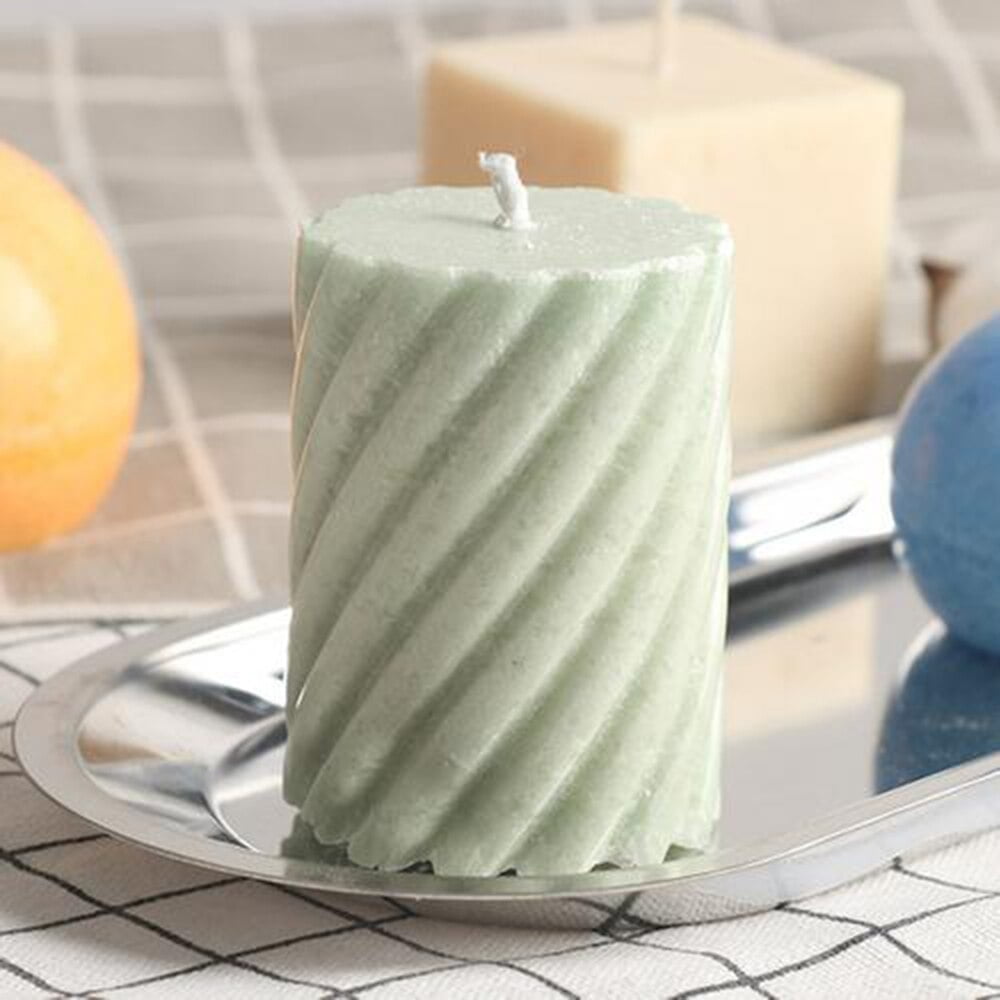Are you a candle making enthusiast looking to elevate your craft? The use of a thermometer in candle making is an essential tool that cannot be overlooked. In this article, we will explore the significance of temperature control and the role of thermometers in ensuring the quality and consistency of your candles.
When it comes to creating beautiful and high-quality candles, temperature plays a crucial role in the process. The ability to maintain precise temperatures during different stages of candle making can have a significant impact on the final product. This is where a reliable thermometer becomes indispensable, allowing you to achieve the desired results with accuracy and consistency.
Temperature control is not just about following a basic set of guidelines; it involves understanding the science behind candle making and how various temperatures can affect the outcome. By using a thermometer, you can monitor and adjust temperatures according to specific requirements, ensuring that your candles turn out exactly as intended. Whether you are a beginner or experienced candle maker, mastering the art of temperature control with the help of a thermometer is key to creating exceptional candles.
Types of Thermometers for Candle Making
When it comes to making candles, temperature control is crucial for achieving the perfect results. To ensure precise temperature monitoring throughout the candle making process, using a reliable thermometer specifically designed for candle making is essential. Here are some of the different types of thermometers suitable for candle making:
1. Glass Stem Thermometers: These traditional thermometers consist of a glass stem with a temperature scale printed on it. They are versatile and can be used for various candle making techniques. However, they may be more prone to breakage and require careful handling.
2. Digital Thermometers: Digital thermometers offer quick and accurate temperature readings, making them a popular choice among candle makers. They are convenient to use and often come with additional features such as programmable temperature alarms.
3. Infrared Thermometers: Also known as laser thermometers, these non-contact thermometers measure surface temperatures without direct contact. They are ideal for monitoring the temperature of melted wax in containers or molds from a distance.
Each type of thermometer has its own set of advantages and disadvantages, so it’s important to consider your specific needs and preferences when choosing the best option for your candle making endeavors. For accurate and reliable temperature monitoring, investing in a high-quality thermometer is paramount to producing high-quality candles.
Furthermore, it’s advisable for candle makers to explore options that offer features such as waterproofing, adjustable angles, or extra-long probes depending on their unique requirements.
Importance of Temperature Control in Candle Making
Temperature control is a crucial aspect of candle making, as it directly impacts the quality and characteristics of the final product. Using a thermometer in the candle making process is essential for achieving the desired results and ensuring consistency in each batch of candles. By closely monitoring and controlling the temperature throughout the different stages of candle making, crafters can enhance fragrance retention, achieve vibrant colors, and avoid potential issues such as cracking or frosting in their candles.
When it comes to temperature control in candle making, there are several key factors to consider. Here are some important points to keep in mind:
- Consistency: Maintaining a consistent temperature during the melting and pouring stages is vital for ensuring that the wax properly adheres to fragrances and dyes, resulting in a uniform appearance and optimal scent throw in the finished candles.
- Cooling Rate: Proper temperature control also influences the rate at which the candles cool and solidify. This can impact the texture and appearance of the candles, affecting characteristics such as smoothness and surface finish.
- Fragrance Preservation: Temperature control plays a critical role in preserving the integrity of fragrances used in candle making. Excessive heat can degrade aromatic compounds, leading to diminished scent strength or alteration of fragrance notes.
To achieve precise temperature control in candle making, it’s essential to use an accurate thermometer that is specifically designed for this purpose. A reliable thermometer should provide quick readings and be able to withstand high temperatures commonly encountered during wax melting and pouring processes. Investing in a quality thermometer will enhance your ability to produce consistent, high-quality candles while minimizing potential issues that may arise from inadequate temperature monitoring.
Using Thermometers in Different Candle Making Techniques
Container Candles
When making container candles, temperature control is essential for ensuring that the wax adheres properly to the container and that the fragrance and color are distributed evenly throughout the candle. For this technique, it is recommended to use a candy or deep fry thermometer that can clip onto the side of the pouring pot. The ideal pouring temperature for container candles typically ranges between 120-180°F, depending on the type of wax being used.
Pillar Candles
Pillar candles require precision in temperature control to achieve a smooth and even finish. A digital thermometer with a long probe is best suited for monitoring the temperature of pillar candle wax. It is crucial to maintain a consistent temperature throughout the entire pour and cooling process, as fluctuations can result in cracks or imperfections in the finished candle. The recommended pouring temperature for pillar candles usually falls within the range of 185-200°F.
Taper Candles
Taper candles involve dipping wicks into molten wax multiple times to build up layers and create the desired shape. In this technique, an infrared thermometer can be particularly useful for quickly measuring and monitoring the wax temperature. Consistency in both wax temperature and dipping intervals is key to producing straight and uniform taper candles. The ideal dipping temperature for taper candles tends to be around 160-170°F.
Understanding the specific temperature requirements for each candle making technique and using an appropriate thermometer accordingly can significantly impact the overall quality and appearance of the finished candles. By following precise temperature guidelines and utilizing reliable thermometers, candle makers can ensure consistent results across different candle types.
Tips for Using Thermometers in Candle Making
When it comes to the art of candle making, using a thermometer is crucial for achieving the best results. The temperature at which you pour your wax, add fragrance oils, and even cool your candles can significantly impact the quality of the final product. Therefore, using a reliable thermometer is essential to ensure that you have full control over this process.
One of the most important tips for using a thermometer in candle making is to invest in a high-quality, accurate tool specifically designed for this craft. Look for a thermometer that has a wide temperature range and provides precise readings, as this will allow you to monitor your wax and other ingredients with precision. It’s also recommended to have separate thermometers for different purposes, such as one for melting wax and another for monitoring cooling temperatures.
Another useful tip is to regularly calibrate your thermometer to maintain its accuracy. This can be done by testing it in an ice water bath (32°F or 0°C) and boiling water (212°F or 100°C) to ensure that it reads these temperatures accurately. Additionally, make sure to handle your thermometer with care, avoiding dropping it or exposing it to extreme temperatures that could affect its calibration.
Furthermore, when using a thermometer in candle making, avoid placing it directly on the bottom of your pouring container or the sides of the melting pot, as this can result in inaccurate readings due to direct contact with heat sources. Instead, suspend the thermometer slightly above the bottom or use a clip-on attachment if available.
By following these tips for using thermometers in candle making, you can enhance your control over temperature throughout the process and ultimately create high-quality candles with consistent results.
| Tips | Details |
|---|---|
| Invest in Quality | Choose a high-quality, accurate thermometer suitable for candle making. |
| Calibration | Regularly calibrate your thermometer to maintain its accuracy. |
| Avoid Direct Heat Contact | Avoid placing the thermometer directly on the bottom of containers or pots. |
Thermometer Maintenance and Care
Thermometers are essential tools in the candle making process, as they provide accurate temperature readings that are crucial for achieving the desired results. As such, it is important to properly maintain and care for these instruments to ensure their reliability and accuracy. Proper maintenance not only extends the lifespan of a thermometer but also contributes to the overall quality of candle production.
One important aspect of thermometer maintenance is calibration. Regular calibration ensures that the thermometer provides accurate readings, which is essential for temperature control in candle making. This can be done by comparing the readings of the thermometer with a known accurate source, adjusting it if necessary to correct any discrepancies. Additionally, thermometers should be handled with care to avoid damage or misalignment that may affect their accuracy.
In order to extend the lifespan of a candle making thermometer, it is important to store it properly when not in use. Storing thermometers in a protective case or pouch can prevent them from getting damaged or broken. It is also advisable to keep them away from direct sunlight or extreme temperatures, as exposure to such conditions can affect their accuracy over time.
| Thermometer Maintenance | Care Tips |
|---|---|
| Regular calibration | Handle with Care |
| Proper storage | Avoid exposure to extreme conditions |
Troubleshooting With Thermometers in Candle Making
Common Temperature-Related Issues
When using a thermometer in candle making, it’s important to be aware of common temperature-related issues that may arise. One common problem is inaccurate temperature readings, which can lead to the wax being either too hot or too cold, resulting in poor quality candles. Another issue is fluctuations in temperature, which can occur if the thermometer is not properly calibrated or if the candle making environment is not controlled.
Solutions to Temperature-Related Problems
To address these temperature-related problems, it’s essential to ensure that the thermometer used for candle making is calibrated correctly and accurately. This can be done by using a secondary thermometer as a reference or by following specific calibration instructions provided by the manufacturer. Additionally, maintaining a stable and controlled environment for candle making can help prevent fluctuations in temperature and ensure consistent results.
Troubleshooting Tips for Beginners and Experienced Candle Makers
For beginners in candle making, it’s crucial to familiarize themselves with the proper use and calibration of a thermometer before starting any candle making project. Understanding how temperature affects the different stages of candle making can also help avoid common pitfalls.
For experienced candle makers, troubleshooting with thermometers may involve revisiting their techniques and equipment to identify any potential sources of temperature-related issues. Continuous monitoring and adjustment of temperatures during the candle making process can also be beneficial in preventing problems from occurring.
As with any craft or hobby, mastering the use of a thermometer in candle making takes practice and attention to detail. By understanding common issues, implementing effective solutions, and staying informed about advancements in thermometer technology, candle makers can achieve better control over the temperature aspect of their craft and produce high-quality candles consistently.
Innovations and Advancements in Thermometer Technology for Candle Making
In conclusion, thermometer technology has become an essential tool for achieving success in the art of candle making. The ability to control and monitor temperature accurately not only ensures the quality and consistency of the candles but also impacts their fragrance and color. Different types of thermometers are available on the market, each with its own set of pros and cons, making it crucial for candle makers to choose the best option for their specific needs.
Temperature control is particularly vital in various candle making techniques such as container, pillar, and taper candles. Precise temperature guidelines for each technique are essential for achieving the desired results. Additionally, proper maintenance and calibration of thermometers are necessary to extend their lifespan and guarantee accuracy in temperature readings.
As technology continues to advance, innovations in thermometer technology have greatly improved temperature control and accuracy in candle making. These advancements cater specifically to the needs of candle makers, providing them with innovative features and designs that enhance their craft.
As a result, the future looks promising for candle makers who can now rely on cutting-edge thermometer technology to elevate their creations to new levels of excellence. Whether you’re a beginner or an experienced candle maker, embracing these innovations can lead to greater precision and efficiency in your candle making process.
Frequently Asked Questions
What Thermometer Can I Use for Candle Making?
A good thermometer to use for candle making is a digital candy or deep-fry thermometer. These thermometers are designed to withstand high temperatures, making them ideal for measuring the temperature of melted wax.
Why Do You Need a Thermometer to Make Candles?
It’s crucial to use a thermometer when making candles because the temperature of the wax is crucial in achieving the desired consistency and quality of the finished candle. Without a thermometer, it’s difficult to ensure that the wax reaches the right temperature for pouring and adding fragrance oils.
Are Infrared Thermometers Good for Candle Making?
Infrared thermometers are not generally recommended for candle making because they measure surface temperature rather than internal temperature. Since it’s important to know the exact internal temperature of melted wax, using a traditional candy or deep-fry thermometer is preferred for this purpose.

Welcome to my candle making blog! In this blog, I will be sharing my tips and tricks for making candles. I will also be sharing some of my favorite recipes.

